Turin 1911
The World's Fair in Italy
Turin 1911: The World's Fair in Italy is the first digital project devoted to the last historical world’s fair in Italy before World War I. Though World's fairs were among the West's largest mass-attended events, they were also ephemeral occurrences designed to exhibit, rather than preserve, the changing world of modernity. Turin 1911 was no exception. Once the Fair was dismantled, its artifacts were scattered among institutional archives and private collectors, thus failing to be studied in a systematic manner.
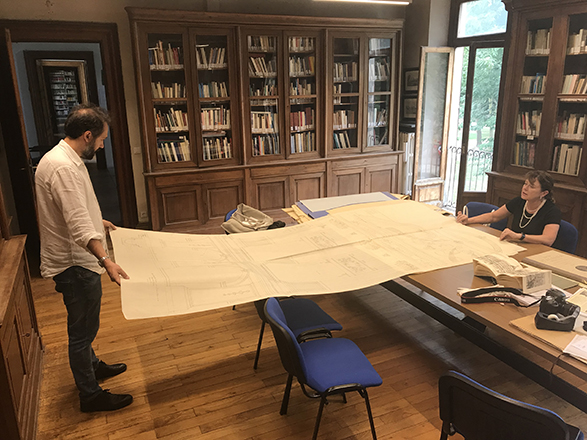
THE PROJECT
Turin 1911 is a collaborative interdisciplinary project between the University of California, San Diego and the Politecnico di Torino (POLITO) that integrates information, data, perspectives, techniques, tools, and methodologies from multiple disciplines with the goal of advancing nuanced understanding of the International Exposition of Turin 1911 (and of the World's Fairs phenomenon in general) that is beyond the scope of a single discipline or area of research practice.
THE PROJECT
The Turin 1911 project began in 2006 with the publication of Cristina Della Coletta World’s Fairs Italian Style: The Great Expositions in Turin and their Narratives, 1860-1915 and evolved into an expansive collaborative digital project between the University of California, San Diego and the Politecnico di Torino. Engineers, architects and computer scientists work together to virtually recreate in 3D the ephemeral pavilions and structures of the Turin 1911 Exposition. Starting from the collection and digitization of fragile archival materials to precise technology-driven reconstruction of iconic architectural structures, Turin 1911 recovers a lost heritage to help scholars address questions of global historical impact.
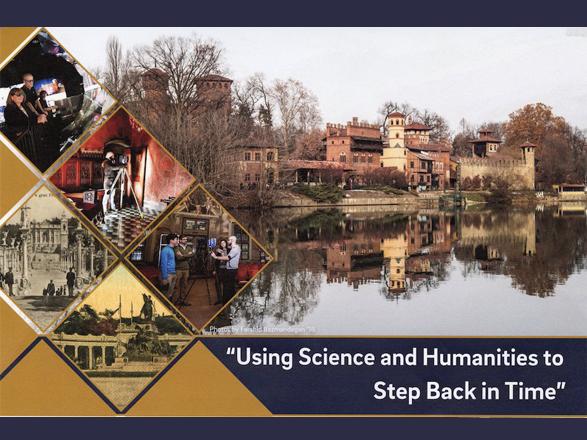
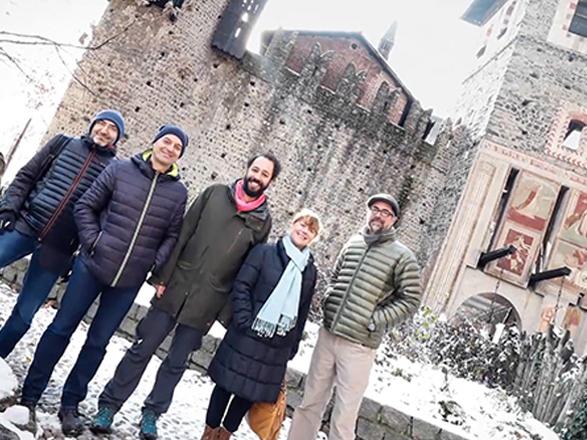
THE PROJECT
Starting in 2014, a team of UC San Diego researchers comprised of humanists and cultural historians from the School of Arts & Humanities and engineers and archeologists from the Jacobs School of Engineering have collaborated with colleagues from the Department of Architecture and Design (DAD) of the Polytechnic University of Turin, Italy, (POLITO), on the Turin 1911 project. The research team combined broad cross-disciplinary expertise in research fields as diverse as textual analysis and Geomatics (UAV and close-range photogrammetry, BIM, 3D modeling, GIS) to create a multifaceted investigation of the Turin 1911 World's Fair.
THE PROJECT
The website is divided into three main sections: (1) The Project, (2) Glossary, and (3) Explore. Ancillary pages complete the website: the Acknowledgements page displays all the institutions contributing to the project, especially the repositories; the Donate page provides information on how to support the project.
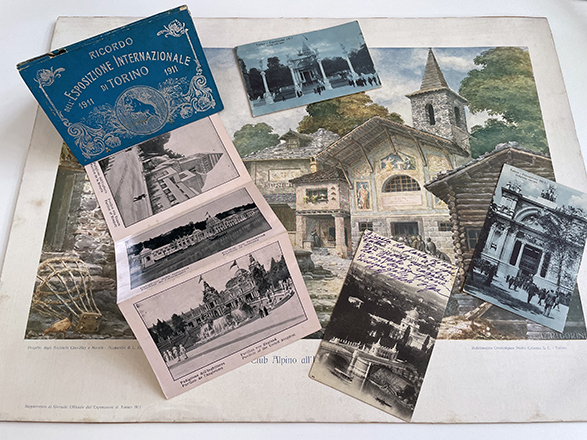
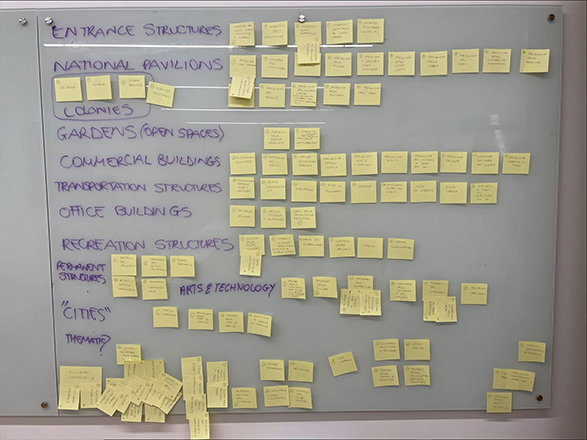
THE PROJECT
The Turin 1911 project contains controlled terms mainly derived from the Getty AAT (Art and Architecture Thesarus). This semantic network of unique concepts is used consistently in the Turin 1911 project to avoid ambiguity, allow comprehension across different disciplines, and make data more consistent. These terms are used as indexing tools to allow retrieval throughout the entire data collection.
THE PROJECT
Many libraries, museums, and archives were instrumental to the success of this digital project, such as Archivio Stefano Molli - Fondazione Marazza (Borgomanero, Italy), Biblioteca Civica Centrale (Torino, Italy), The Getty Research Institute - Getty Vocabulary Program (Los Angeles, USA).
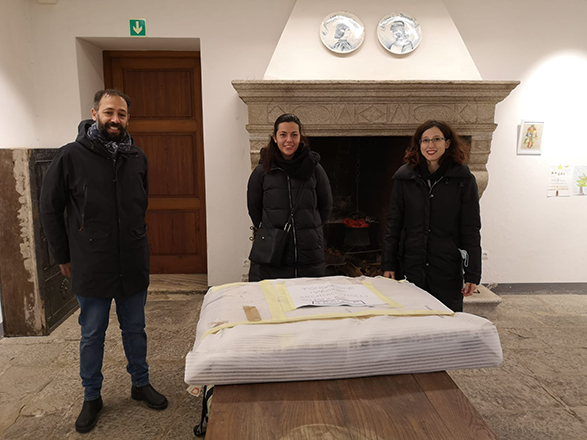
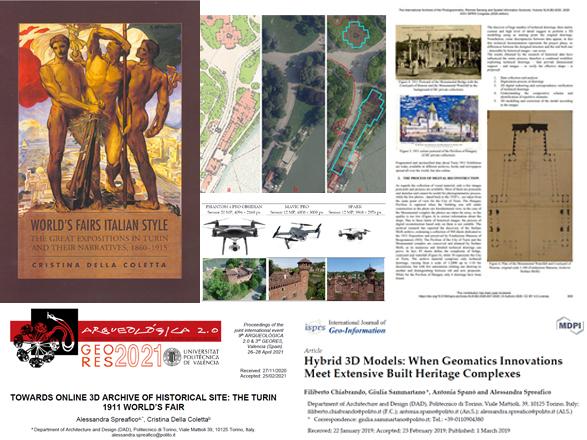
THE PROJECT
In addition to the website itself, the Turin 1911 project yielded varied publications spanning multiple disciplinary areas. These publications range from technical essays (for example, on the usage of handheld devices for rapid mapping to assist in the production of easy-navigable 3D models for documentation projects) to book-length socio-historical analyses of the phenomenon of the World’s Fairs as a whole. The range of publications has been made possible by the diverse disciplinary training of the Turin 1911 team members. The interdisciplinary breadth of this scholarly corpus allows for an innovative and nuanced understanding of the Turin 1911 Exposition.


